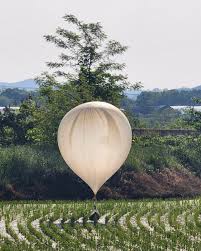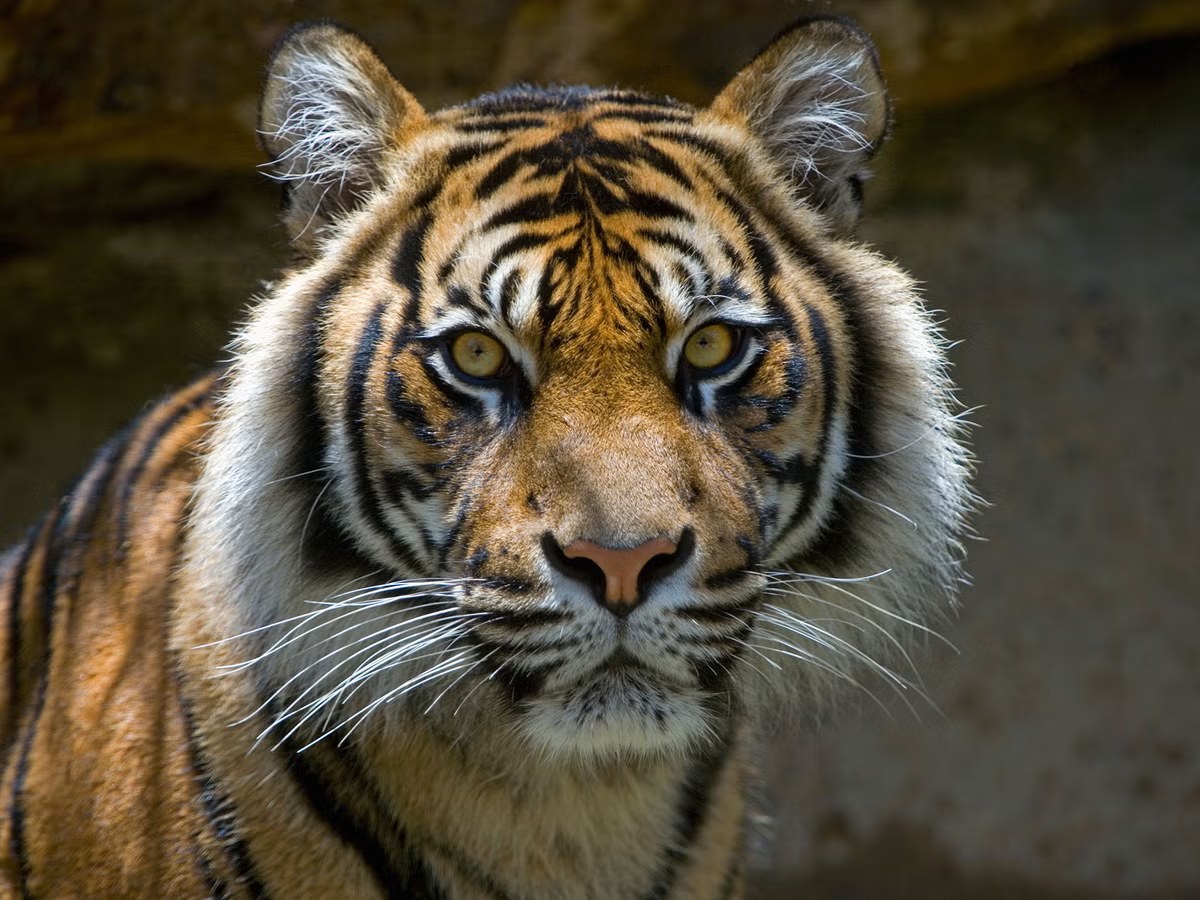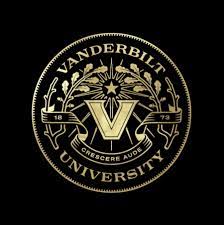If this new Canadian invention is successful, it could decarbonize the whole desalination industry, using only energy from the sea to turn seawater into drinking water. 300 million people rely on seawater from a global industry of 21,000 desalination plants, nearly all of which use fossil fuels to complete the energy-intensive process of thermal-desalination, or reverse osmosis- the two method that can turn seawater into clean water. The startup Oneka uses modular machines that attach to the seafloor and convert kinetic energy of 3-foot waves into mechanical energy that drives a reverse osmosis and creates 13,000 gallons of drinking water a day. It’s predicted that if climate change comes to pass, the majority of the world will rely on desalinated water and the industry is predicted to grow 9% to a yearly value of $29 billion by 2030. However, Okena is a better alternative for many reasons. The first being it takes up no space on land, which is more important for island nations. Secondly, their modules don’t produce greenhouse gasses. Third, it has to do with a drawback of desalination technology. Whether using the thermal process or reverse osmosis, desalination of seawater creates waste products of highly saline brine water or salt. If released or leaked into the ocean, it can poison sea life, plants, or groundwater if released on land. Oneka’s technology mixes the saline solution with three quarters of all the seawater taken up in a single day, releasing it back into the ocean with a mere 25% greater content of salt than before. The module desalinators can be chained next to each other to conserve space and make it easier for the piping system that transfers the clean water to land.

May 23, 2024

May 21, 2024
Student Events
Makayla Myles • April 3, 2024
In-N-Out is coming to our school for Eligible 6th & 7th Graders. From 1:19-3:15 pm on the Honor Court Lawn & Covered Eating Area.
Wave powered Desalination Produces 13,000 Gallons of Drinking water a Day From Each Buoy
Natalie Villafana, Writer
November 17, 2023
Leave a Comment
More to Discover







































